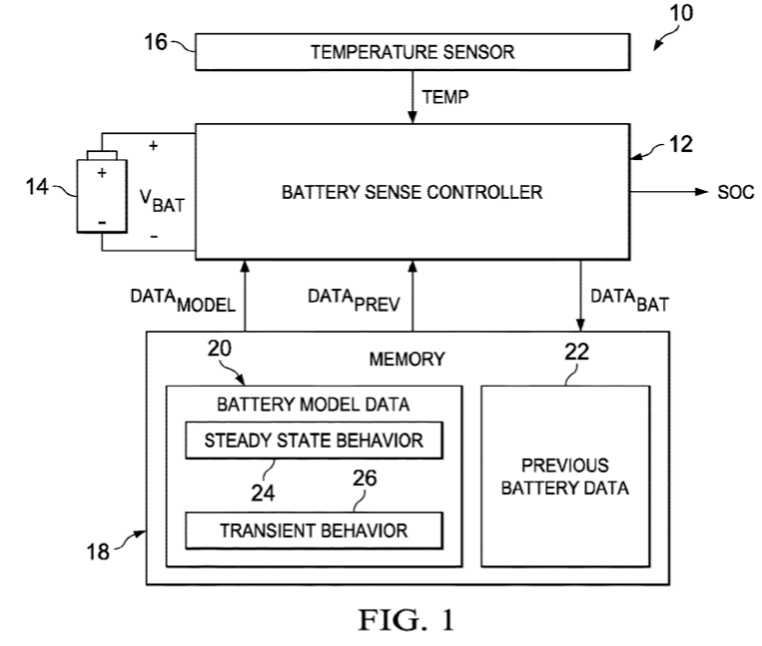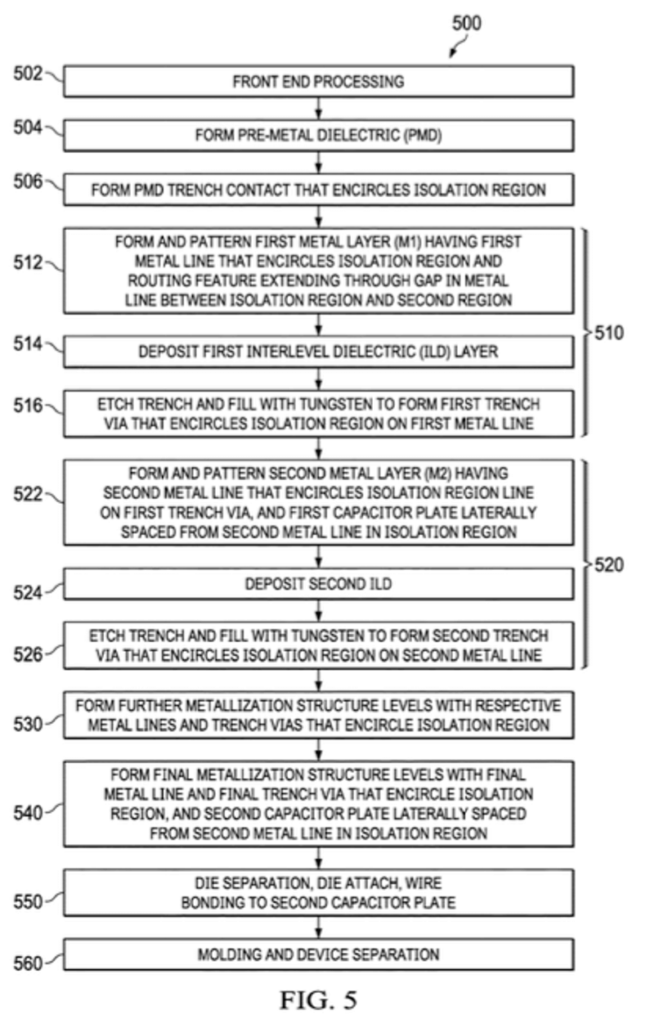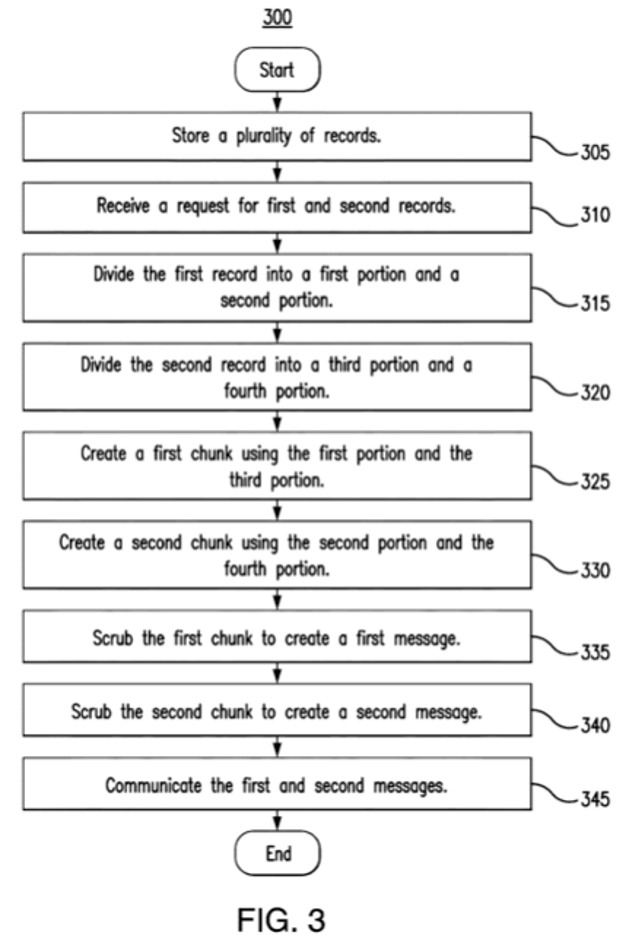In today’s technological age, patents are more important than ever. The rapid integration of software, Artificial Intelligence, and robotics, particularly considering the recent global pandemic and a new “decentralized” work environment, has led to a surge in worker productivity and a continued technology boom. The advancements in technology have resulted in higher employee output and productivity, creating better software tools and faster data processing. As productivity continues to soar along with wages, the federal government and companies are investing billions of dollars in the digital economy and value chain.
As the current technology boom continues at a pace not seen since the late 1990’s, it remains essential that you protect your proprietary technology with one or more patent applications. Yet many inventors ask where do I start? This article will provide you with all the information you need to get started in preparing technology patents. You will learn about the different types of patents available, what types of technology are patentable, and how long patent protection lasts.
So, whether you’re just starting out or are already familiar with patents, keep reading for insight on the best practices for protecting your technology with patents.
Can You Patent a Technology Idea?
Yes. Patents related to proprietary technology for products, designs, and processes are generally deemed patentable subject matter. In today’s global economy the technology sector is driving strategic growth and innovation and has been at the forefront of driving transformational changes in humanity’s existence on Earth, with software, consumer electronics, semiconductors, and communications leading the way.
Many of the dominant technology companies provide incentives to their employees for developing and filing patent applications. Typically, a company will assume ownership of the application through a formal patent assignment agreement (as agreed upon in an employment contract between the employer and the employee) but will compensate employee inventors with monetary rewards ranging from $500 to $5000 for each application filed. Subject matter can vary widely, even within a single company. For example, technology could vary from robotic, and drone assisted beverage delivery services to aquatic storage facilities. The reason for this patent revolution is simple: tech savvy corporations have become increasingly aware of the value of technology patents. For example, Blackberry recently sold all its “legacy patents” from its now defunct smartphone business for over six hundred million dollars! On a related note, it is estimated there are over four hundred thousand patent claims directed at smartphone technology from Google, Apple, and Samsung alone.
This push by big tech to patent as much of their technology as possible has led to almost a threefold increase in the number of patent application filings year over year than were filed during the dot-com boom of the early 1990’s. This explosion of new patent application filings has predictably caused a lagging pendency time for newly filed applications of between 18-26 months before first office action is received. According the to the United States Patent and Trademark Office (USPTO) there were 597,175 utility patents applied for in 2020, of which 352,049 were granted (58.9%).[1]
The reason so many tech companies are filing patents is simple: they understand the value of protecting their current proprietary technology and are focusing a substantial number of resources on protecting future technology and its distinctive features. Though some of these patents may appear unorthodox, the real value is the incalculable market advantage they provide by creating a shield around their brand and technology, should the patents mature to fruition. In light of the Apple v. Samsung case where damages were calculated in excess of 2 billion dollars, to say patents are only worthwhile if you are considering pursuing litigation, or that patents are only used by big companies to create a monopoly, is an oversimplification. Patents provide companies of all sizes with several competitive advantages, including licensing, sales, legal deterrent, and other factors.
In addition to the branding identity created for big tech and its employees who regularly file patents as a marketing asset, patents create immediate monetization strategies through licensing and acquisition. For startups looking to attract investors and build a defensive intellectual property strategy around their innovation, a patent may provide a blanket of assurance to potential investors and help swing a weary venture capital group into a seed round.
Types of Technologies that can be Patented
Software, electronics, and computer-implemented technology account for most of the utility patent applications filed in the last five years. Each inventor must initially identify the novelty of their invention and articulate the functionality that has been developed with respect to their particular technology. Without first understanding what features, functionality, or process are unique and novel and, in the case of software, tied to a machine implementation, an inventor’s ability to clearly claim the patentable subject matter will be severely impaired.
Whether drafting software patent claims for your new cryptocurrency, FinTech, or SaaS platform, it is important to understand the novelty of your invention, the “what”, the answer to which often requires a multi-perspective analysis. Understanding the novelty included in any software platform or program is the key to a successful patent application. A great starting point is to determine what the unique features and functionality are that your software performs and to understand and be able to describe any technical problem that is being solved. Once identified, you must be able identify any components, sub-components, or steps required to achieve the functionality, the “how”. When analyzing these functional aspects of your platform, it may be helpful to examine the technical challenge that other platforms in the industry have encountered, and what technical solutions or functionalities you have developed that address or remedy these deficiencies.
At the same time, you should understand what will not qualify as patent eligible subject matter in order to help you and your development team identify forward-looking technologies.
Considering the experience and user interface features such as the screens, buttons, icons, toggles, and visual elements that create the entire user interaction is also important. If your user interface is novel and creates a unique ornamental appearance, you may be able to protect it with a design patent application.
Technology companies also regularly seek patents on their electrical systems and electronic designs, devices, and systems. When drafting a patent application for an electronic device or system, preparing well-illustrated electrical circuits or schematics that identify all electrical elements, their corresponding direction of current flow, and interacting components provides an invaluable representation and explanation of enablement for the USPTO Examiner.
In light of the recent COVID pandemic and mobile telehealth innovation, medical device patents continue to be one of the busiest technology groups at the USPTO. Medical device patents can protect apparent subject matter such as devices, systems, and medical device software. Less apparent subject matter that qualifies as eligible subject matter includes medical kits, which can include tools, specialized packaging, and even instructional markings. Furthermore, medical devices can be eligible for utility and design patent protections of their various functions and ornamental features.
When drafting a medical device patent, the key is to accurately describe each aspect of the innovation with respect to other aspects of the device and to consider possible workarounds and modifications. To learn more about medical device patents, see our article about Types of Medical Device Patents
How to Get Started with Technology Patents
While every technology and industry have unique challenges to the patent process, it is important to understand each section of a patent application and where you need to devote the majority of your time while drafting. The claims of a patent define your property rights of any granted patent and are the most scrutinized aspect of any application. However, one of the most overlooked sections, and arguably just as important as the claims, is the specification, which serves as the basis of interpreting the claims. During the prosecution process, claims can be routinely amended to traverse rejections raised in an office action, but the specification can rarely be amended once your application has been filed.
Below is a six-step overview on how best to obtain your technology patent.
- Obtain a prior art search to determine the patentability of your innovation.
- Identify the “point(s) of novelty” of your innovation and prepare a thorough disclosure document for your patent team.
- Prepare a thoughtful and carefully crafted patent application with the help of your attorney.
- Submit the patent application to the USPTO for examination and save your application number, confirmation number, and filing date for your records.
- Timely respond to any office action issued by the Patent Examiner at the USPTO
- Obtain a Notice of Allowance and pay your issue fee.
What are the Different Types of Patents?
The first step when beginning the patent application process is understand what type of application is applicable to your technology. Utility patents are the most common type of application and are granted for new and useful machines, manufactures, processes, and compositions of matter, and useful improvement thereof and focus on the functionality of the invention. On the other hand, design patents protect the ornamental appearance of the invention and not the functional aspects.
A provisional utility patent application provides a12-month pendency or grace period for an inventor to further develop and finalize their application while being considered “patent pending.” It must be understood that while provisional patent applications are a great fit for early stage inventions, a provisional patent application is only a placeholder for the 12-month term and must converted to a non-provisional patent application before the expiration of such period or your protection, including your priority date, will be lost.
Compared with a non-provisional patent application, a provisional patent application (PPAs) is less complex and more concise and costs significantly less to prepare. Typically, a provisional patent application includes between 5-20 pages of disclosure and figures and does not require a formal claim set.
A non-provisional patent application is often nicknamed the “regular” utility application. If granted, a non-provisional patent application provides 20 years of patent protection from its filing date. The non-provisional application requires a title, background, summary of the invention, detailed description, and at least one claim to meet the legal filing requirements. Most non-provisional patent applications will include 3 independent claims and 20 claims total, although the applicant may purchase addition independent and dependent claims by paying the appropriate fees at the time of electronically filing their application though the EFS-Web
Examples of the Technology Patents
See below the latest technology patent issued
U.S. Patent No. 11,344, 328 – Devices, Systems, and Methods for Epidermal Tissue Harvesting
In one instance, a medical device for harvesting epidermal tissue from a patient includes a first compartment that is mateable with a second, disposable compartment that goes against the skin. The first compartment has a floor that is formed, at least in part, by a first printed circuit board. The ceiling of the second, disposable compartment is formed at least in part by a second printed circuit board that electrically couples with the first printed circuit board when in a mated position. Suction is delivered to the second compartment to pull skin through apertures on the floor of the second compartment to form blisters that are harvested to obtain epidermal tissue. The first compartment remains uncontaminated in use and the second compartment is disposable. Other features are presented; some of which include a thermal sensor in the second compartment for temperature control, clear side walls, and a distributed heating element.

U.S. Patent No. 11,344, 328 – System and Method for Sensing Battery Capacity
One embodiment of the invention includes a battery sense system. The system includes a temperature sensor configured to measure a temperature of a battery and a memory configured to store predetermined data associated with steady-state and transient behaviors of the battery relative to a depth of discharge (DOD) of the battery. The system also includes a controller configured to measure a voltage of the battery and to calculate a state of charge (SOC) of the battery based on the voltage, the predetermined data, and the temperature.

U.S. Patent No. 11,344,328 – High Voltage Isolation Barrier with Electric Overstress Integrity
An electronic device comprises a multilevel metallization structure over a semiconductor layer and including a first region, a second region, a pre-metal level on the semiconductor layer, and N metallization structure levels over the pre-metal level, N being greater than 3. The electronic device also comprises an isolation component in the first region, the isolation component including a first terminal and a second terminal in different respective metallization structure levels, as well as a conductive shield between the first region and the second region in the multilevel metallization structure, the conductive shield including interconnected metal lines and trench vias in the respective metallization structure levels that at least partially encircle the first region.

U.S. Patent No. 11,347,884 – Data Security Tool
An apparatus includes a memory that stores a plurality of records and a hardware processor. The processor receives a request for a first record and a second record of the plurality of records and divides, based on a type of the first record and a type of the second record, the first record into a first portion and a second portion and the second record into a third portion and a fourth portion. The processor also creates a first chunk using the first portion of the first record and the third portion of the second record and creates a second chunk using the second portion of the first record and the fourth portion of the second record. The processor further scrubs the first chunk to create a first message, scrubs the second chunk to create a second message, and communicates the first and second messages to an external device.

Conclusion
The Rapacke Law Group is a patent and intellectual property law firm built for the speed of startups, with business and patent attorneys experienced in the software, SaaS, and medical device technologies. No hourly billing and no charges for calls or emails. We offer startup, business, and intellectual property legal services for a transparent flat fee. Our experience ranges from helping startups in their infancy to advising established businesses regarding regulatory and intellectual property matters. Our lawyers have experience assisting fast-moving, entrepreneurial companies seeking legal counsel in company formation agreements, liability, equity issuance, venture financing, IP asset protection, and infringement resolution and litigation. Contact us to schedule a free consultation with one of our experienced attorneys.
If you found this article informative, please check our articles on Patenting AI in Software as a Medical Device Innovations and on Common Patent Eligibility Rejections for Medical Device Inventions for more information on patenting medical devices.
[1] https://www.uspto.gov/web/offices/ac/ido/oeip/taf/us_stat.htm
Related Article: Debunking the Biggest Software Patent Myths




